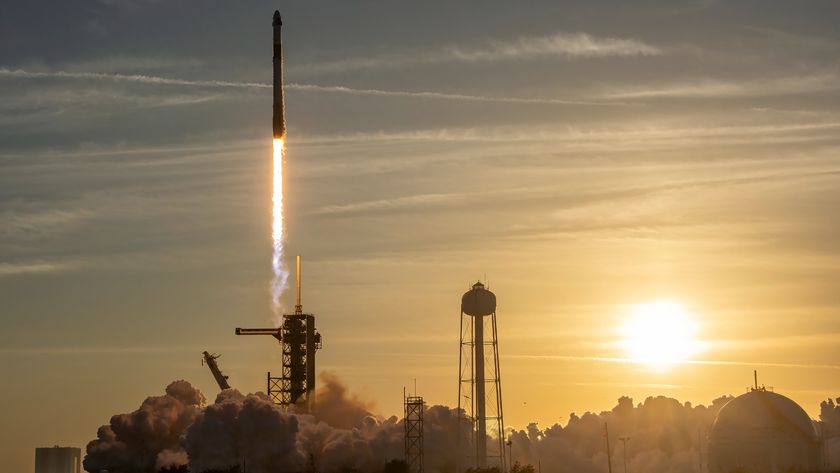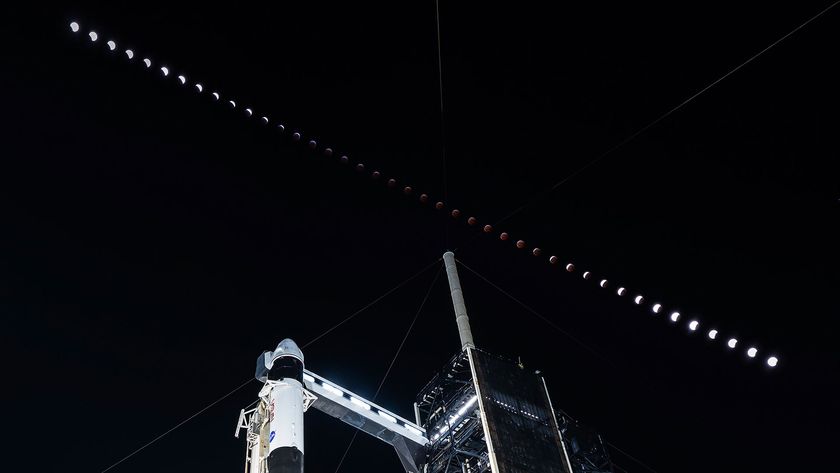December Solstice 2018! Satellites See the Seasons Change from Space

The December solstice arrived today (Dec. 21), marking the start of winter in the Northern Hemisphere and the first day of summer for the Southern Hemisphere.
It's also the shortest day of the year for those in the Northern Hemisphere, where the sun will now begin to shine a little bit longer by the day. Meanwhile, those in the Southern Hemisphere are experiencing the longest day of the year.
To celebrate the changing of the seasons, scientists with NASA's Deep Space Climate Observatory (DSCOVR) shared a photo of Earth that the satellite captured on the eve of the solstice. NASA also shared a video that shows the changing tilt of Earth's axis, which is responsible for the seasons. [DSCOVR: The Deep Space Climate Observatory Mission in Photos]
DSCOVR, which launched in 2015, monitors Earth's climate and space weather from the L1 Lagrange point, where it takes a new photo every 2 hours. You can keep up with the latest images from DSCOVR's Earth Polychromatic Imaging Camera (EPIC) at epic.gsfc.nasa.gov.
Email Hanneke Weitering at hweitering@space.com or follow her @hannekescience. Follow us on Twitter @Spacedotcom and on Facebook. Original article on Space.com.
Get the Space.com Newsletter
Breaking space news, the latest updates on rocket launches, skywatching events and more!
Join our Space Forums to keep talking space on the latest missions, night sky and more! And if you have a news tip, correction or comment, let us know at: community@space.com.

Hanneke Weitering is a multimedia journalist in the Pacific Northwest reporting on the future of aviation at FutureFlight.aero and Aviation International News and was previously the Editor for Spaceflight and Astronomy news here at Space.com. As an editor with over 10 years of experience in science journalism she has previously written for Scholastic Classroom Magazines, MedPage Today and The Joint Institute for Computational Sciences at Oak Ridge National Laboratory. After studying physics at the University of Tennessee in her hometown of Knoxville, she earned her graduate degree in Science, Health and Environmental Reporting (SHERP) from New York University. Hanneke joined the Space.com team in 2016 as a staff writer and producer, covering topics including spaceflight and astronomy. She currently lives in Seattle, home of the Space Needle, with her cat and two snakes. In her spare time, Hanneke enjoys exploring the Rocky Mountains, basking in nature and looking for dark skies to gaze at the cosmos.











